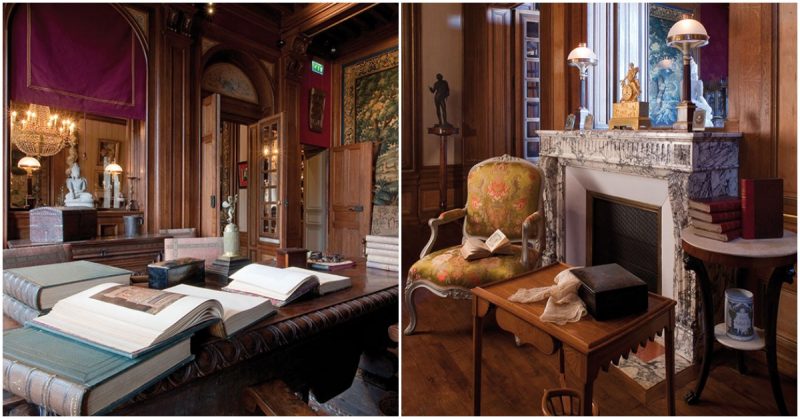Louis Mantin was born in Moulins, in central France in 1851. He worked as a civil servant until he inherited millions from his father at the age of forty-two. He no longer needed to work and lived a life dedicated to travel, science, art, and learning.
Mantin never married or had children and was obsessed by the passage of time and his eventual death. He commissioned a mansion to be built in the middle of town where a previous palace belonging to the Dukes of Bourbon, the former rulers, had once stood.
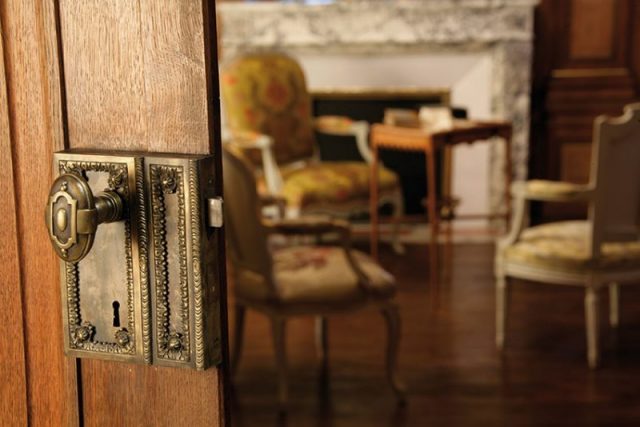
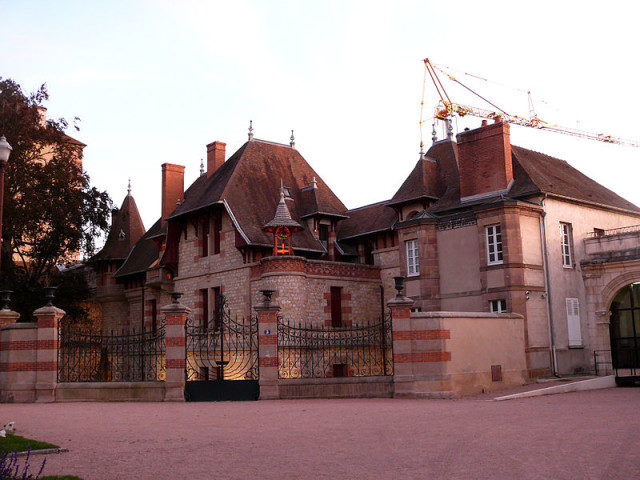
Designed by a resident architect, René-Justin Moreau in collaboration with his father, Jean-Bélizaire Moreau, it was completed in 1893. After completion, Mantin filled the house with his collections of art, antiques, and tapestries.
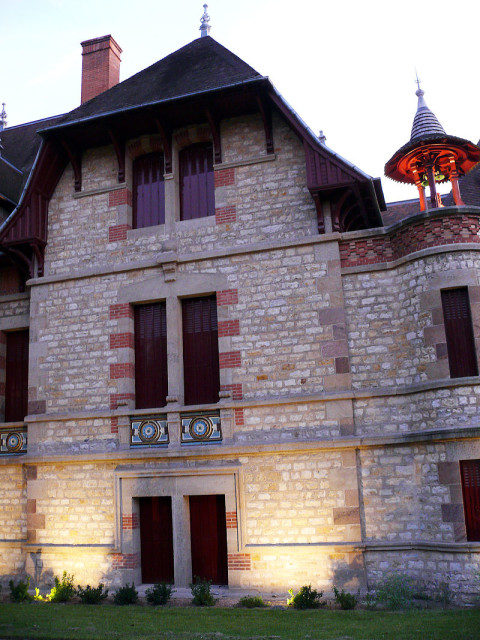
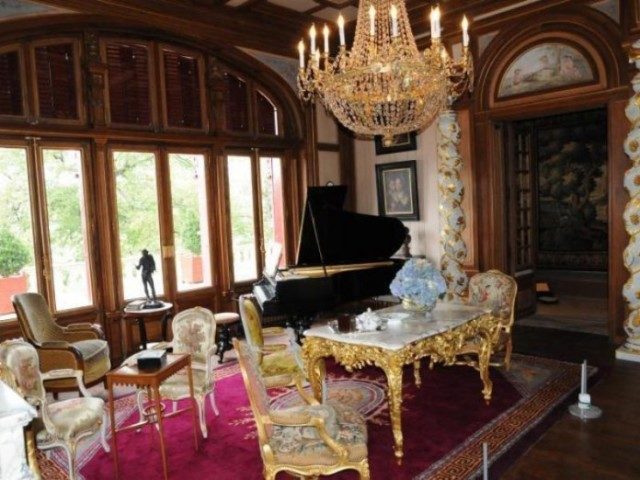
The house was completely wired for electricity, a new concept that frightened many people because it was not yet fully understood. It even had heated floors, which is a rare commodity even today. There was a room covered with leather walls painted with actual gold and silver.
The study and dining room were fashioned in the style of Louis XVII and the bathroom, complete with modern fixtures such as a flush toilet, hot and cold running water and a shower was completed in the Art Nouveau style complete with stained glass and paintings. The topmost floor was filled with Egyptian artifacts, medieval hardware, prehistoric tools and oil lamps from the Neolithic period. There were also monkey skulls and mounted birds and fish scattered among the many rooms.

The rest of the house was filled with period furniture, sculpture, ceramics, books, mineral samples, photographs, and many other objects collected by Mantin during his travels around the world.
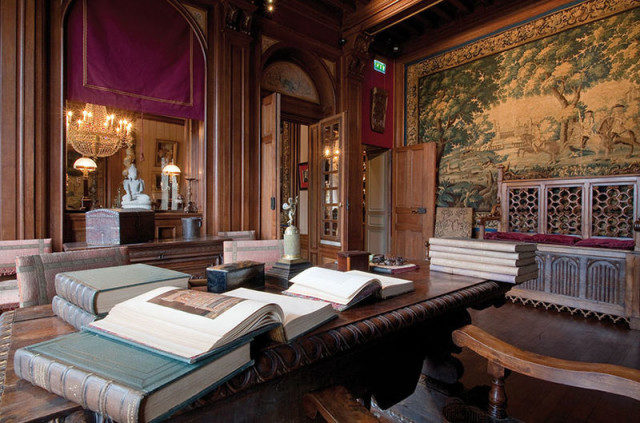
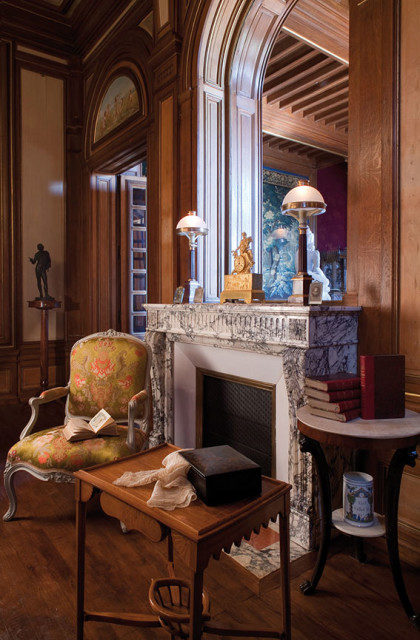
When Mantin made out his will a few months before his death he specified that the house and its contents were to be given to the city of Moulins and reopened as a museum in 100 years to educate people on how the wealthy lived at the turn of the century. Unfortunately, he didn’t specify what should happen between the time of his death and the opening of the museum. Most people assumed the house should just be closed up until 100 years had passed which is exactly what happened when Mantin died in 1905 at the age of fifty-four.
Even though the property was spared during both World Wars, the house and its contents gradually deteriorated. Bugs and small animals destroyed the once luxurious furnishings, wallpapers, tapestries and oriental rugs while the citizens of Moulins were waiting for the allotted time to pass. Mold and mildew covered some of the walls and ceilings due to the change of the seasons with no heat inside.
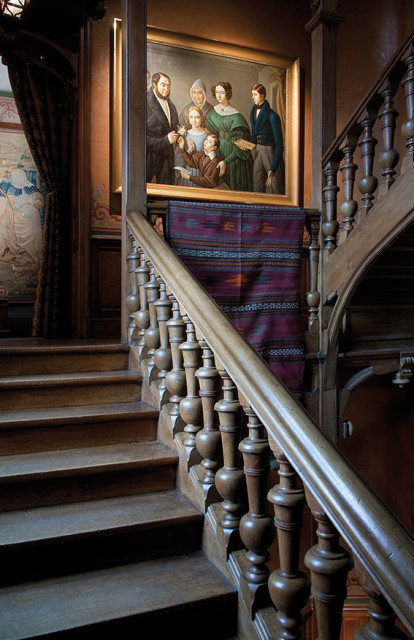
It wasn’t until Isabelle de Chavagnac, a grandniece of Mantin, threatened to take possession of the property, which would have been her right under inheritance laws, that the city decided to do something about it. Ms. de Chavagnac had no desire to possess the mansion but knew something had to be done before the property fell into such disrepair that it could never be saved. It was important to her that her ancestor’s last wishes be fulfilled.
The city officials of Moulins had to come up with the equivalent of about four million dollars to restore the property to its former glory.
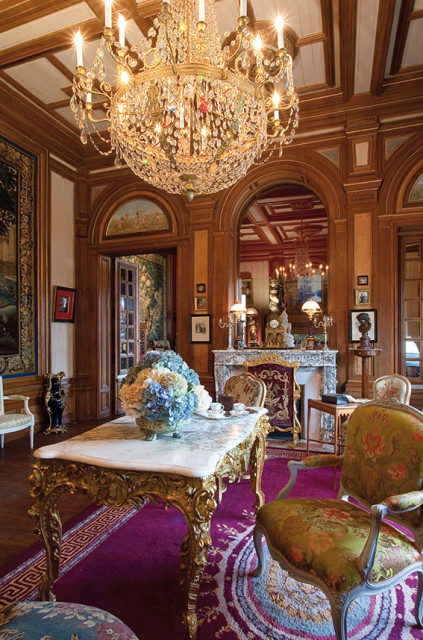
After four years of intensive work Maison, Mantin opened as a museum in November of 2010 and is now carefully maintained by the city to the delight of the locals.
It is sometimes referred to as the “Time Capsule Home” and has kept the memory of Louis Mantin alive amongst the local townspeople which is precisely what Mantin had hoped for.
